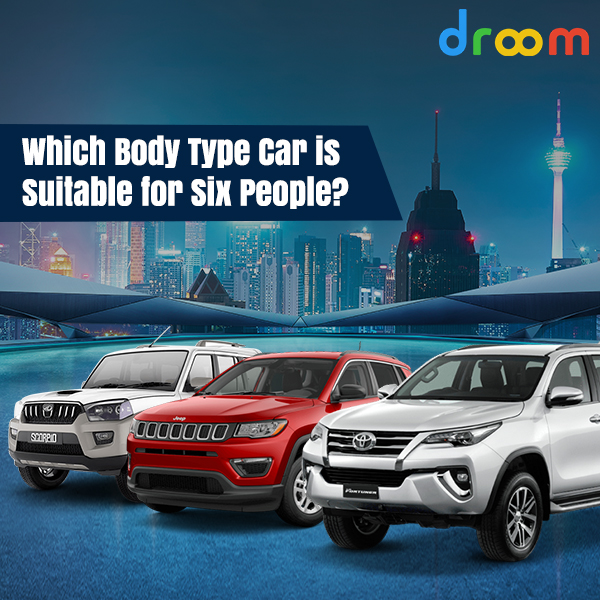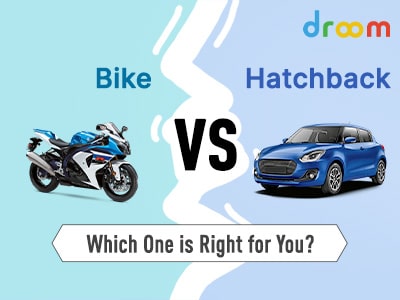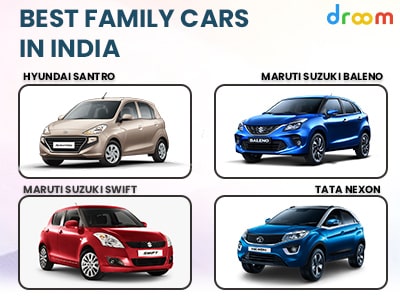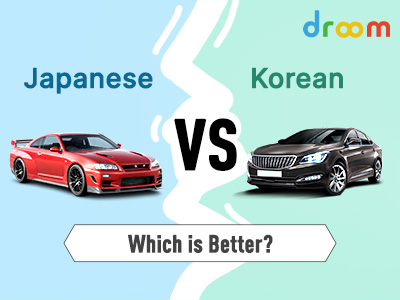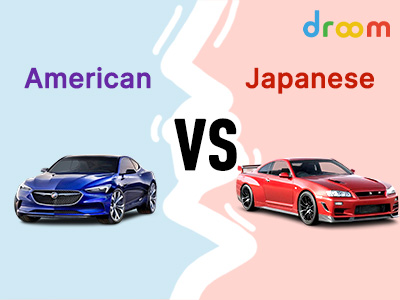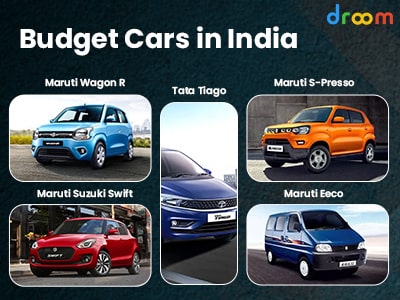2019 was a year that could only be described as turbulent. The car industry has plunged into a vortex and it will take time for the wounds to heal. Nevertheless, as Darwin’s theory indicated, this storm was braved and adapted by the fittest. And by putting in an enticing offer, some just upped the ante. And when we’re ready to enter the New Year, we look back and list the biggest hits and misses.
Hit Cars of 2019:
The younger sibling of South Korean car major Hyundai, Kia Motors, entered the market this year with a bang. The Seltos lived up to the hype, dominating the middle of the SUV segment of the lane. Impeccably designed, powerful engines matched to a variety of transmission choices, Kia took no risk either with the pricing slotting it to an aggressive Rs 9.69 lakh that went upto Rs. 16.99 lakh across 16 variants. The market response was positive – it is testament to more than 50,000 units in less than five months. It ended the four-year-old Hyundai Creta’s reign in the segment and catapulted Kia alone as the country’s fourth largest carmaker. Creta’s entry into the next generation is expected to offer the Seltos tough competition in 2020, but at least for now, it has done more than it has done.
Hyundai’s counter in the compact SUV space to Maruti Vitara Brezza was eagerly awaited and the Venue has not been disappointed on most counts. The business priced it just right for it to shake the segment’s dynamics, a modern looking compact car with new age connectivity features and attitude oodles. What also helped was the premature declaration by Maruti that it would no longer manufacture diesel vehicles from April 2020, a decision that they started to retract as the edges of the deadline approached. It was felt the full impact on the Brezza, which is still powered by a unique 1.3-liter diesel engine. In comparison, the Venue comes with three engine options, including a 1-liter turbocharged version of petrol coupled with three options for transmission. The car will finish the year with almost 70,000 unit sales supplying this year’s Hyundai with its only bright spark. Watching the Brezza battle, which would get its next year’s petrol engine, would be fascinating in 2020.
The Triber was the surprise package of the year that broke the myth that a proper 7-seater configuration could not be developed on a small4-metre sub-platform. The French carmaker wasn’t the first to try that kind of thing; his alliance partner, Nissan’s Datsun sub-brand, tried it out a few years ago with Datsun Go+. The disaster that probably turned out to suggest this was a no – go area. Renault, however, has a champion on its side, a few years back from the Kwid. On paper, it still doesn’t look appealing to the puny 1-litre three-cylinder petrol engine that makes all the 72PS power and 96Nm of torque, driving the7-seater. Yet it punches above its weight, and the use of space within is a master stroke. With more than 20,000 Tribers on the road, Renault has done what is expected of Maruti or Hyundai to do in India.
The new-born Maruti Suzuki Wagon R was one of the first cars to be launched in India in 2019 and was well received on the Indian market. Based on the company’s Heartect platform, unlike the old-gen model, the new Wagon R was larger, safer and more features available. Additionally, Maruti continued to sell the older version and the fleet market, creating a distinction between the two versions, which attracted a lot of private car buyers. Even a year after its launch, Maruti continues to sell an average of 14,000 Wagon R units in India. In addition to the enhanced exterior and spacious interior, the car also comes with the SmartPlay Studio infotainment system offering Apple CarPlay and Android Auto, as well as standard safety features such as dual airbags, ABS with EBD, seatbelt warning, high-speed alarm and rear parking sensors. Under the hood, the latest Wagon R is available in two petrol engine options: a 1.0-litre three-cylinder and a 1.2-litre four-cylinder, the latter being a BS6-compliant engine with either a 5-speed manual or an AMT / AGS configuration.
The Mahindra XUV300 was the third sub-4-meter SUV to be launched by the firm, unlike the TUV300 and NuvoSport, the XUV300 was based on the SsangYong X100 architecture. And it made a big difference. The XUV300 comes with petrol and diesel engines, offers a good ride and handling, and gets a bunch of smart features along with a good fit and finish, making it a compelling package. That’s why, despite being slightly expensive relative to its competitors, the XUV300 has continued to attract buyers. In reality, the XUV300 was India’s best-selling SUV, second only to Mahindra Bolero, with average sales of over 4000 units per month.The XUV300 is also one of the most feature-rich models in this category, fitted with LED headlamps, LED taillamps and disk brakes for all four wheels. The cabin is also packed with features such as auto-climate control,7-inch touchscreen infotainment system with mobile connectivity options (Apple CarPlay and Android Auto), cooled armrest panel, cruise control, engine start-stop button, rearview camera and more. A 1.2-litre, three-cylinder petrol tank and a 1.5-litre, four-cylinder oil burner are mounted under the hood. Both engines are fitted as standard to a six-speed manual transmission and Mahindra plans to add an AMT gearbox to the list.
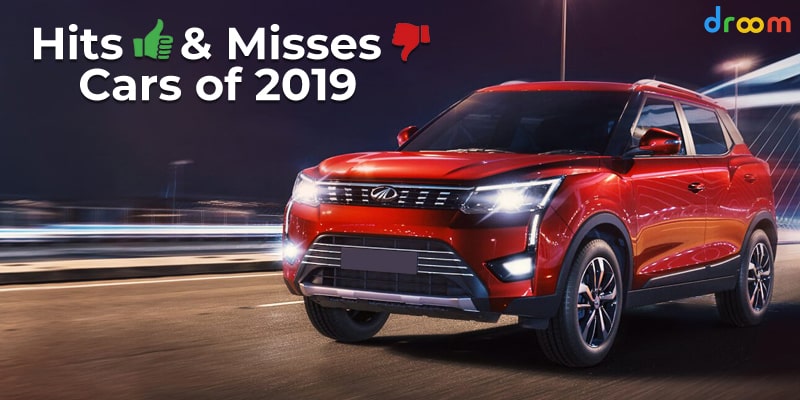
Some cars have failed to make a lasting impression on the market despite being very good products in their own right.
The Flop Cars of 2019:
A long time before MG Hector came into being, Tata made another attempt to crack the Rs 12-18 lakh SUV market this time in a 5-seater configuration with the gorgeous Harrier looking at the beginning of the year. Based on a platform derived from Tata’s luxury subsidiary Jaguar Land Rover, Harrier remains one of the best-looking vehicles on the road. The positive ones, however, started and ended with the style of the car. It felt underpowered without the diesel engine and the Fiat borrowed a 2-liter diesel engine with a peak output of 140PS rather than the 175PS Jeep Compass. Even harming its chances is the lack of an automatic version. Over 15,000 units throughout the year make Harrier one of the year’s greatest deceptions.
One of the Auto Expo 2018 showstoppers was the 10th generation Civic, so when it was launched in March, Honda believed that it would herald the company’s return to the roots. The Japanese carmaker, unable to combat the challenge of SUVs, has lost its way a little in India and added to this by a general perception of being stingy about features and declining quality of its products. This time, with the Civic, it also offered a diesel engine, but the 1.6-liter version did not do the trick. This one is also one of the year’s standout prototypes alongside the Harrier, but it couldn’t do the trick in a market infatuated with SUVs, as sales stayed south of 5,000 units.
In India, the blue oval has gained a reputation for making good cars that are not selling well, and Figo’s new generation only emphasizes that. The car’s first generation version introduced a decade ago was a bona fide hit, but with subsequent versions, Ford was unable to duplicate it. There is little to blame for the car per se, but it does not make a compelling proposal for consumers to disregard the Ford brand’s weakness in India. Less than a single trick pony (EcoSport), Figo is another addition to Ford’s long list of duds. Place an S or H tag on it, and one of the bestsellers would have been. For now, this year, fewer than 10,000 Figo units have been delivered.
Nissan is a complete horror show if Ford is a one-trick pony. It was hoped that the late entry with the Kicks into the mid-sized SUV segment will signal its comeback. Actually, it may end up hurrying the brand’s death in India. The Kicks brought little new to the table and its fate was a foregone conclusion after Nissan agreed to position it similar to market leader Creta instead of undercutting it. The segment was waiting for a new player to come in, as the Kia Seltos demonstrated later in the year, but Kicks couldn’t stand up to the challenge. It could not have been fewer than 5,000 sales figures.
Do you agree with us on the list of hits and misses of cars of 2019? Let us know in the comment section below.
Droom is an automobile e-commerce platform offering a 21st-century automotive buying experience online with its four value pillars including trust, selection, low price, and convenience second to none. It offers 250k+ vehicles online in 1,100 cities — both used and new. Droom deals in buying and selling cars, 2-wheelers, and other vehicles too. It is an AI and data science-driven platform designed with the best ecosystem tools. Here, we have a team of auto-experts and auto enthusiasts who are dedicated to covering every sphere of the auto industry by simplifying the procedure of buying and selling with Unified Droom Experience. To know more, click here.


